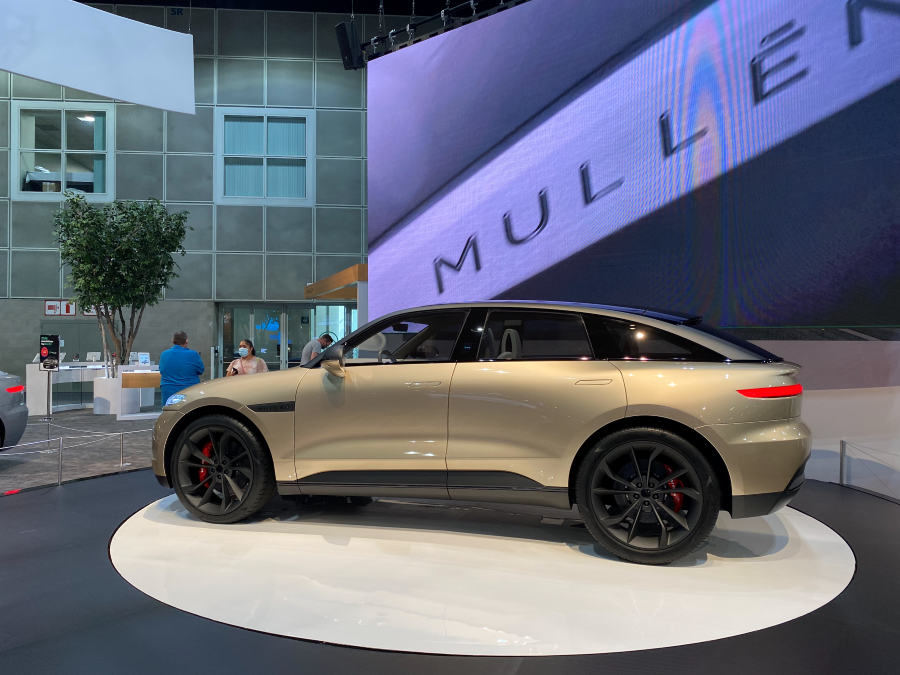DETROIT—General Motors has developed three new motors that will power its growing stable of electric vehicles. The 180-kilowatt (kW) front-drive motor, 255-kW rear- and front-drive motor, and 62-kW all-wheel drive assist motor are part of GM’s Ultium Drive system.
All three motors were calibrated in-house to ensure performance. The motors were built as a scalable family, sharing design principles as well as similar tooling and manufacturing strategies.
The 180- and 255-kW units are permanent magnet motors designed with the aim of minimizing reliance on heavy rare earth materials, while the 62-kW unit is an induction motor. All are expected to offer excellent torque and power density, enabling a wide spectrum of vehicle types, from sports cars to trucks.
"Twenty years of electric drive system development and more than 100 years of high-volume vehicle engineering are helping [us] pivot quickly from conventional vehicles to EVs,” says Mark Reuss, president of GM. "Our vertical integration in this space, encompassing both hardware and software, helps give us control over our own destiny and a significant competitive advantage.
“[Our] engineers also developed the software for Ultium Drive’s motor controllers, which is key to serving the propulsion needs of various vehicle types with a minimal set of components,” explains Reuss. “The software behind [our] EV motors can be reused in many applications, providing fast go-to-market times, as well as the foundation for future EV expansion, as these motors are versatile enough to provide the power needs for a complete lineup of vehicles.”
In addition, GM designed the software of key power electronics components, such as the power inverter module or inverter, which converts DC voltage from the battery to AC voltage to power the motor. The inverter and other power electronics, like the accessory power module and onboard charging module, reside outside of the drive units on GM's current EVs. In Ultium-based vehicles, they will be integrated directly into Ultium Drive units, reducing cost and manufacturing complexity.
According to Reuss, some power electronics will have as much as 50 percent less mass and volume than today's equivalents, with as much as 25 percent more capability.



